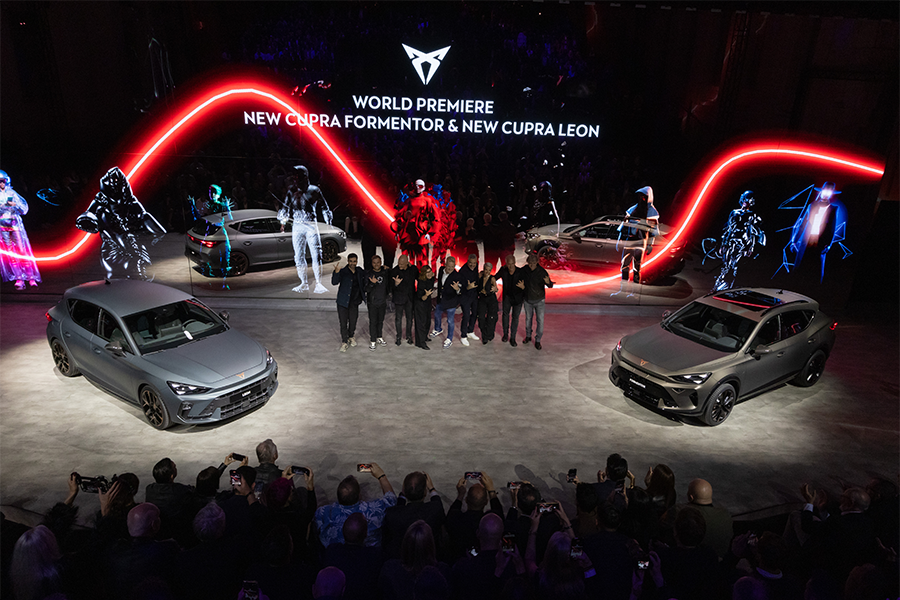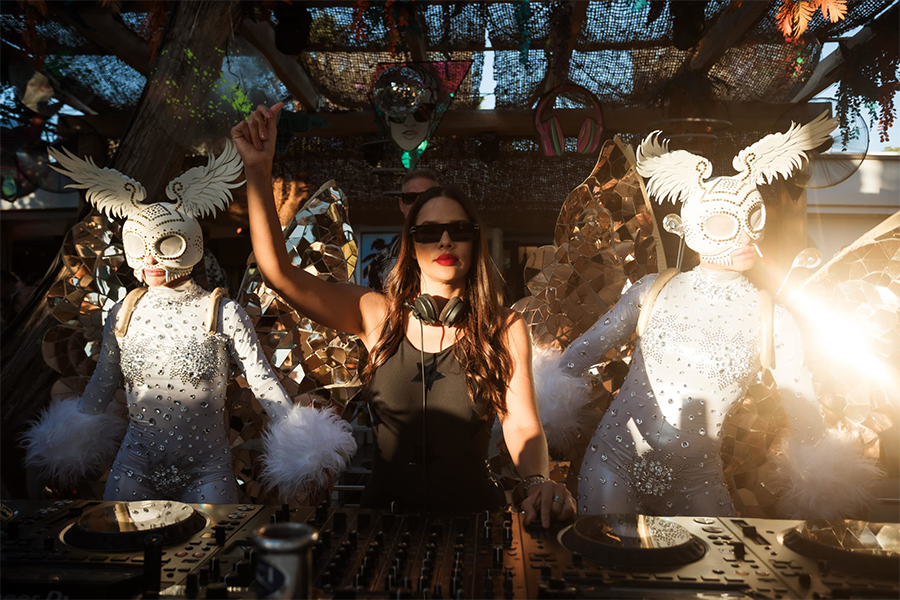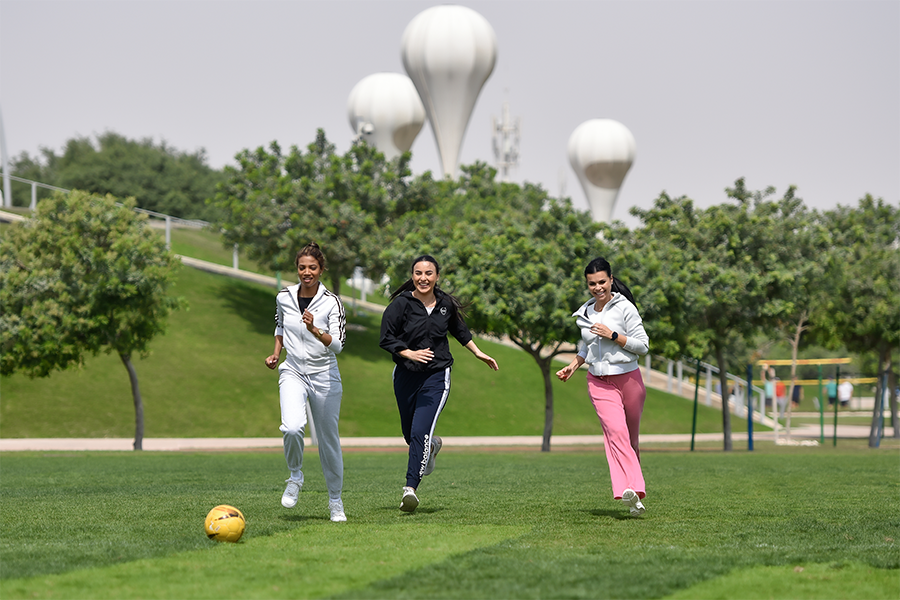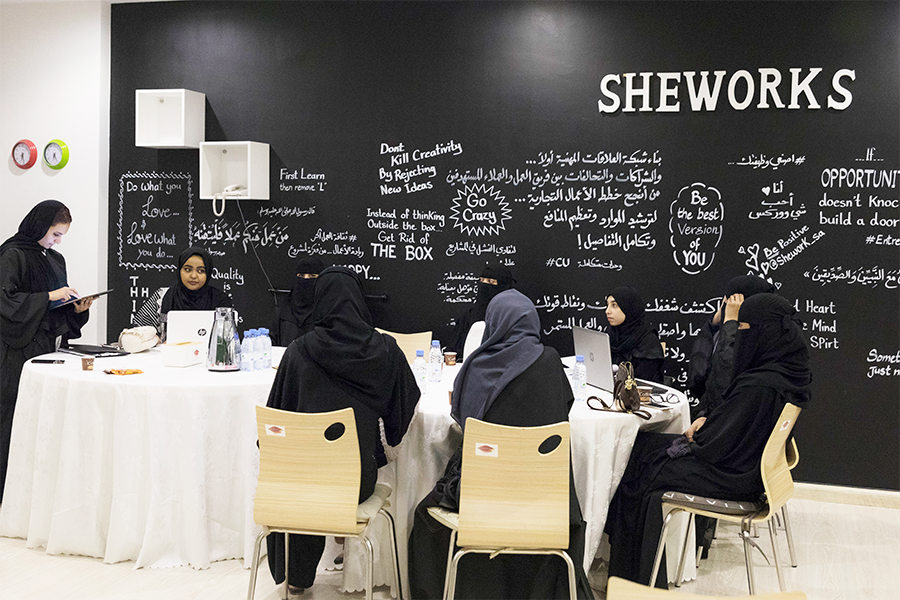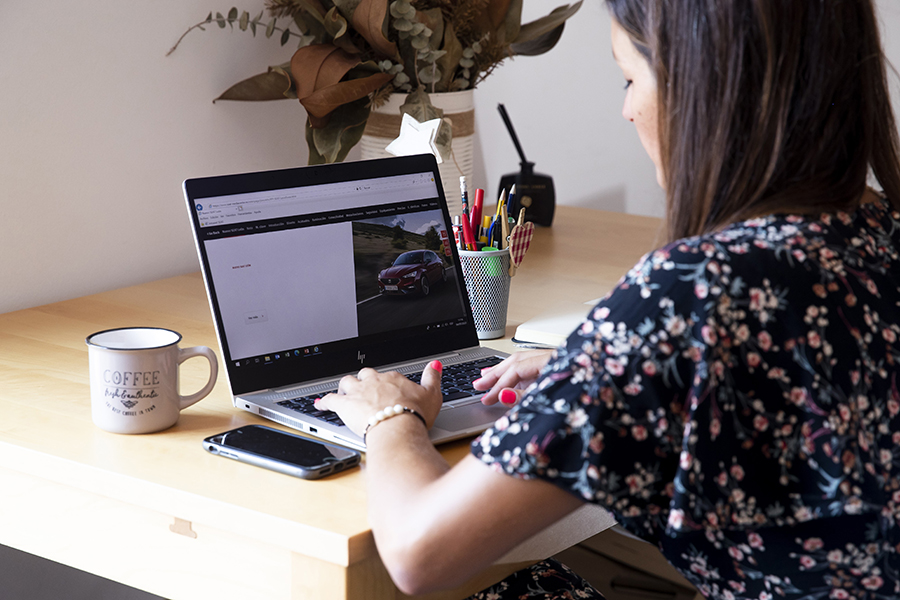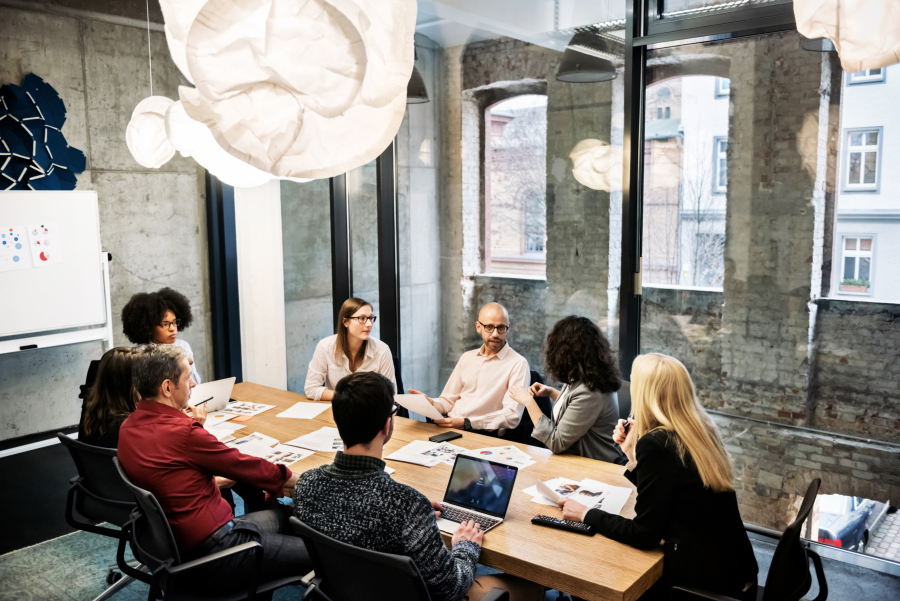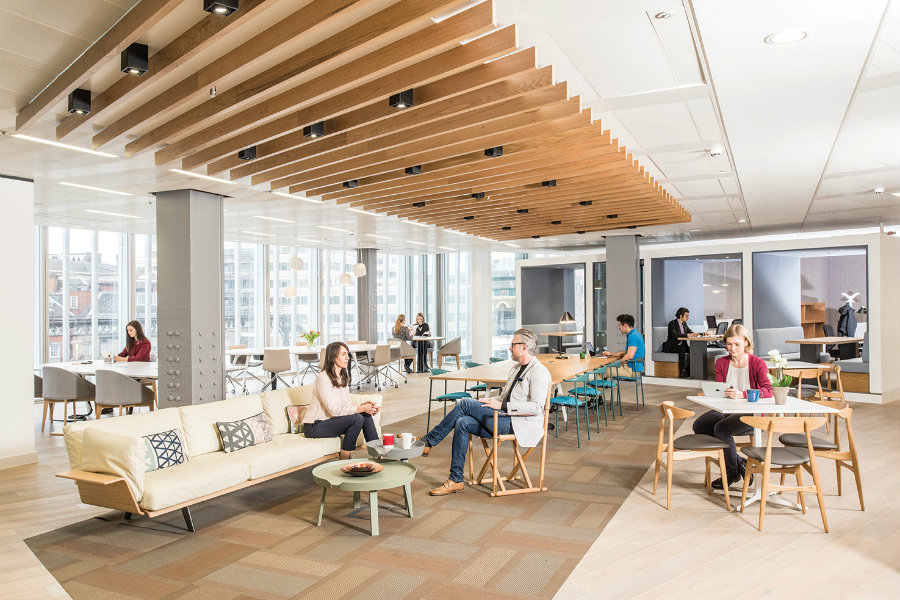
How and why is the nature of work evolving?
Digitization is changing the way we work. More people are working away from their main location every week. 53% of professionals globally now work remotely for at least half their working week. This is being driven by the benefits that people get from flexible working. There are also younger people coming into the workforce and people are staying longer in the workforce, which creates a much more diverse set of needs. Flexible working is an umbrella that is able to describe all of those different needs. Finally, businesses want to go global and they want strategic benefits and flexibility and a lower-risk business model.

It is not so much about the office changing. It is more about meeting the basic needs of an individual or an organization that needs to work. The original vision of our company was to have a location in every city in the world.
Now we are saying that we have a location for wherever you are at any one time in the world, where you can go and work productively and which will meet all your needs. There will be major central office hubs like we have at the moment, such as skyscrapers and big buildings, but also tiny little offices and work hubs in villages and community centres, and everything in between.
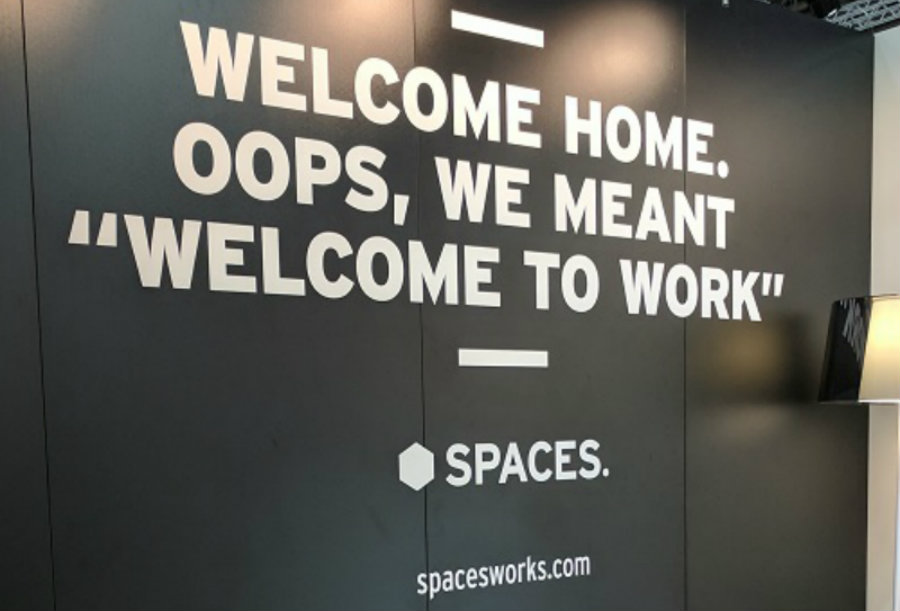
What is driving demand for shared working space?
Remote working is forcing organizations to rethink how they set up their property infrastructure. That also creates savings. 30 years ago it seemed important to have a big office block in a big city where all of your people were located. Organizations now are reducing their hubs in specific locations and increasing their distribution network of where people work. They can do it on pay-as-you-go or on-demand basis, which means that they tie up less of their capital in the basic running of physical offices and less of their ongoing costs of paying for those physical offices. They can simply allow employees to work wherever they want on a pay-as-you-go or subscription basis.
For workers, the benefits are all about personal productivity. 88% say they reduce their commuting time with remote working. So there are benefits for people, while organizations save money from operating cash flow and reduce capital expenditure and risks for the business.
How is IWG adapting to this demand?
One of the things that we have learned over the past 30 years is that people want choice. They want the choice of work environment, location, price, and culture within the workplace. We are responding to the different needs of different people. Not everyone wants to work in one particular type of location. We are seeing more and more different versions of what we do coming into the market and we are introducing a number of global options for organizations to use.
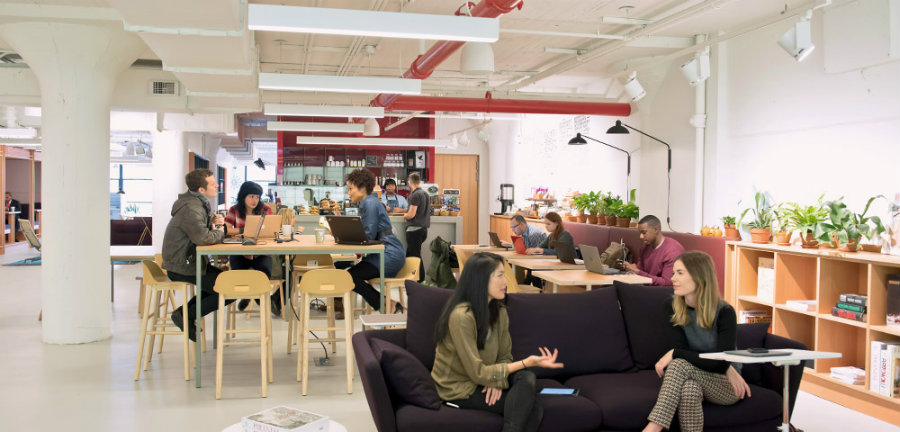
How easy is it for startups and freelancers to share office space with large tenants?
They share the space and there are not tensions, which is interesting. To take our Spaces business in London as an example, we just had a tech company move in to one of those locations. It is different to a hedge fund or to a one-person accountancy firm, but in that building we have all three organizations within it working in a community-style environment.
Clients tell us that if you take two ends of the spectrum, they get the benefit of connecting. They are experiencing diversity in a way they would never experience if they just had that environment to themselves. That diversity is bringing creativity rather than tension. Many of our clients are choosing to put large numbers of our people in our environment because they want to connect with people of different types, industries and cultures.
How does the IWG business compare with WeWork?
Competitors are coming to the market because there is a need there. It is just a function of more demand leading to more competition, which is positive. We at IWG are different in two fundamental ways to anybody else. We offer choice. We acknowledge that one size does not fit all, even in the same customer. Customers will want to choose the brand and environment that is suitable to the culture of the specific team or business unit that they are choosing to hold and house within our locations. We offer choice and we will increasingly do so by bringing in different versions of this environment based on what customers are telling us they want and need. These different spaces are examples of choice.
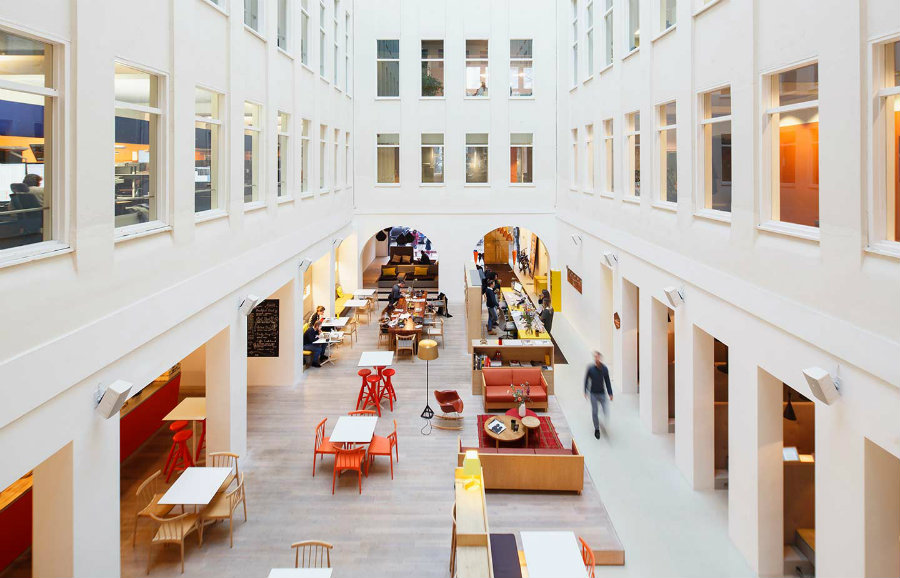
The second way we are different is that we are present in over 1,000 towns and cities in more than 110 countries, and almost 3,300 locations. Organizations want to move into new markets quickly, but they do not want the risk of moving. It is highly likely that we are going to be where they want to go. I was recently on the phone with someone in a town I had not heard of in Bulgaria, and I found that we had one location in that town when I pulled up the app. The probability of us being in a town today is incredibly high and it will just increase as we open more locations.
In the past five years, on average, we have opened between 300 and 450 new locations every year. We continue to do that in every country, city, transport hub, town, and village in the world. It is a very different strategy to any other organization. We believe that we are supplying the largest choice for organizations.
How do the different IWG brands compete with each other?
Our brands appeal to different needs and behavioural types, providing an environment for people to work in in a location that meets their needs.
If we take Regus first, which is the oldest brand in this market, it is an environment for organizations. It is very professional. There are common parts, lounge areas, co-working areas, kitchen areas and private office spaces and meeting spaces. It is in an environment that you would describe as professional/corporate. Regus has around 3,000 locations around the world.
Spaces is different to Regus. We have a very large co-working area in Spaces with a coffee shop and barista in the co-working area. There are more break areas and there is a more creative design execution, so the furniture and design is different. It is more industrial in its styling and it creates a different dynamic. There is music in the background in the co-working area. However, if you want a private office, Spaces also has a large element of private space, similar to Regus, but it is executed in a slightly different way with different furniture and layout, and it is detached from the co-working area as well. That is how Spaces is different.
No18 is our newest brand. We have two in Stockholm and we are in the process of rolling those out around the world. It is essentially a business club. It is like Spaces, with a very large co-working area, but it has a bar and restaurant and music in the background and the design ethic is more artisan in nature, so there is a combination of classic furniture and modern design. They also have private space for businesses that want to run themselves.
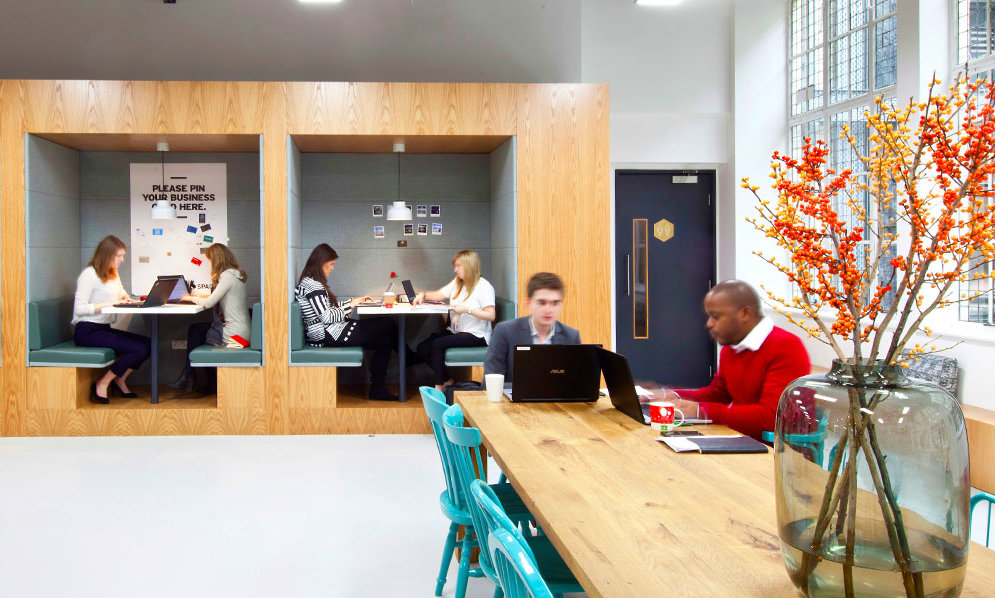
How important are innovation and design to success in the co-working sector?
There are three elements of innovation that we look at. One is innovation in the design itself, one is innovation in the building, and one is innovation in the experience. Take Open Office, which is another one of our brands in Japan and Korea. That is totally automated. You just walk in with a pass, so you have an incredibly efficient model where people can just swipe in to their office.
At the other end of the spectrum, you have No18, which is about innovation in the experience. It is like a private members club, but it is a place where people work, so the innovation and design is about the environment, the antique furniture and the features on the walls. Very few organisations work in an environment like that and certain people love working in that environment.
Building innovation is something different. Running a building is quite complex. We can introduce temperature response systems based on how many people are in there, and indicators for changing office lighting according to changes in the environment. Responsive and intelligent buildings are an important element of innovation in this space.
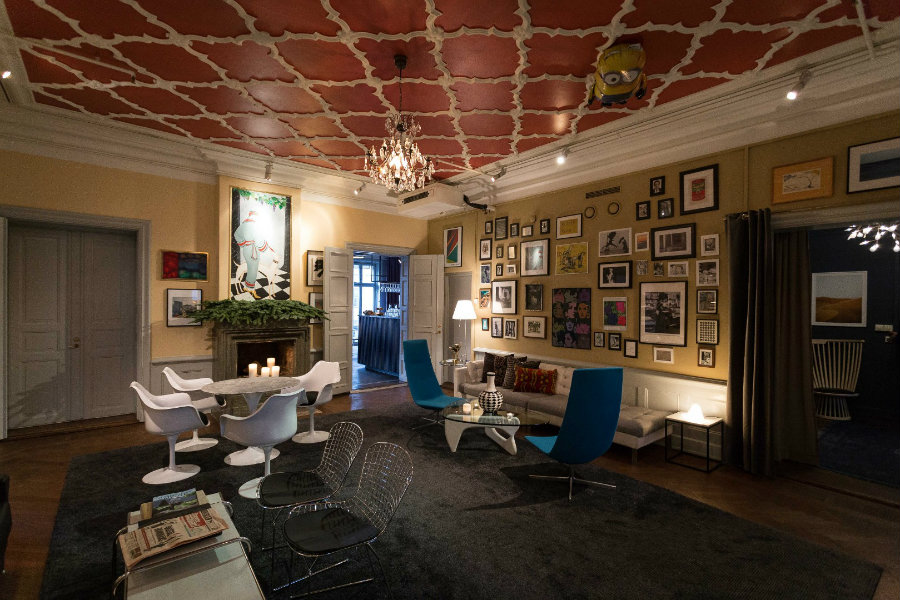
How do you think AI and machine learning will change office life in the future?
In the past, we have used human intelligence to understand how an environment should be designed in order to create a situation where individuals want to work productively and get the most out of being in that physical space at any one point in time. We have experience opening and designing over 3,000 locations, so we have a lot of human intelligence of what works and what does not when it comes to personal productivity. Now we have the outcomes that we can feed into machine learning algorithms to teach us in a much more accelerated way about what it is really like to work.
We have a lot of data about what people are doing and how they are interacting in the workplace. We can use machine learning to change the physical environment, based on our experience so far, in order to improve people’s satisfaction with us. That is one big trend that is specifically related to the working environment. We are thinking very deeply about how to make a leap into that type of world![]()

